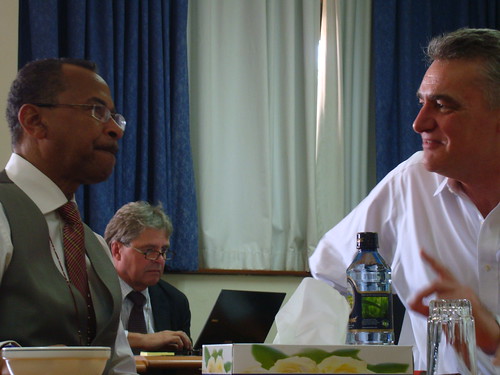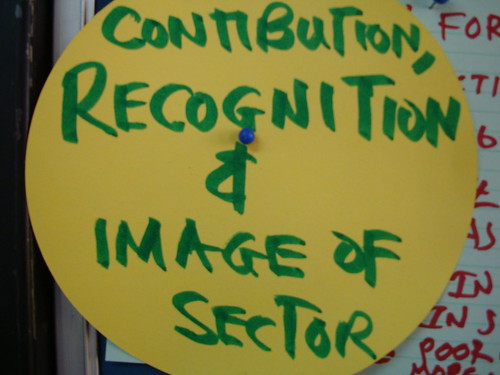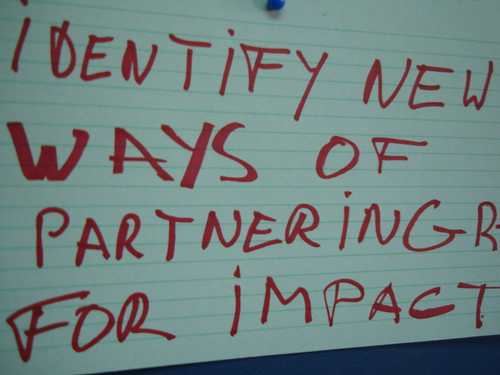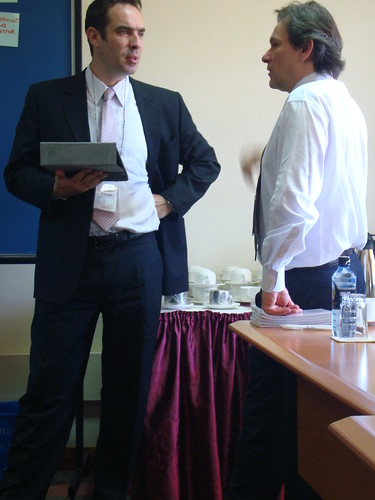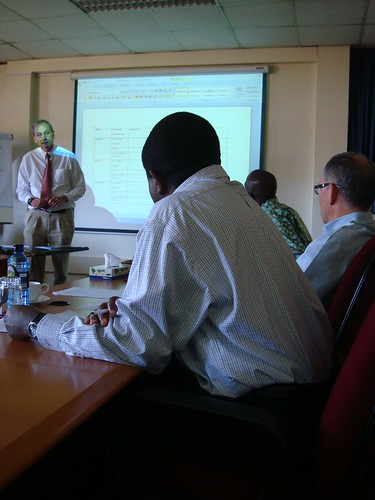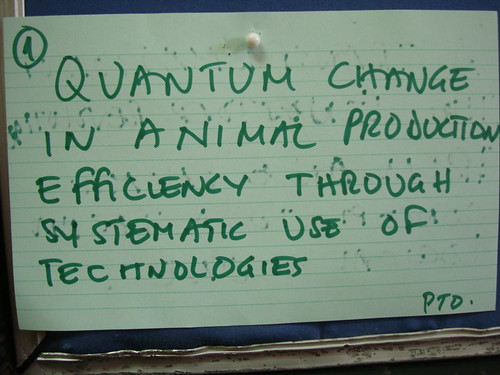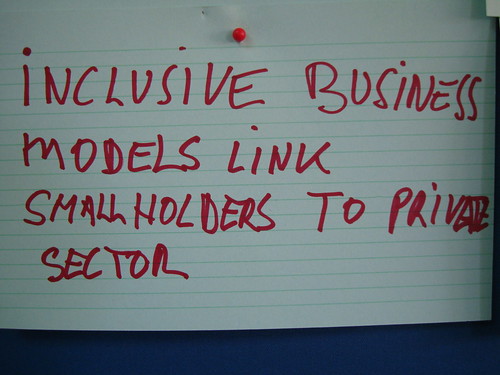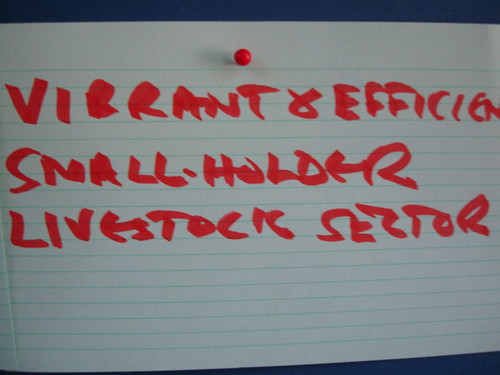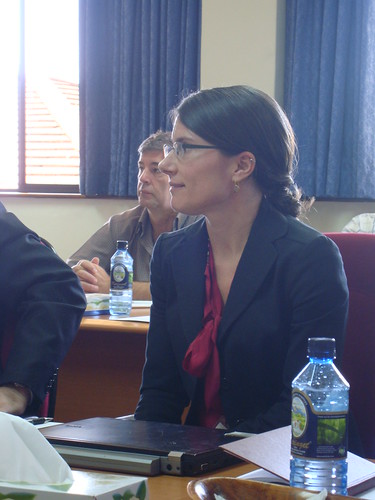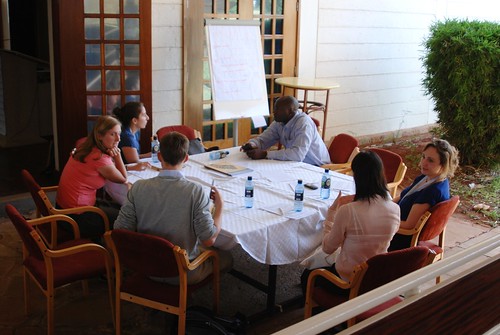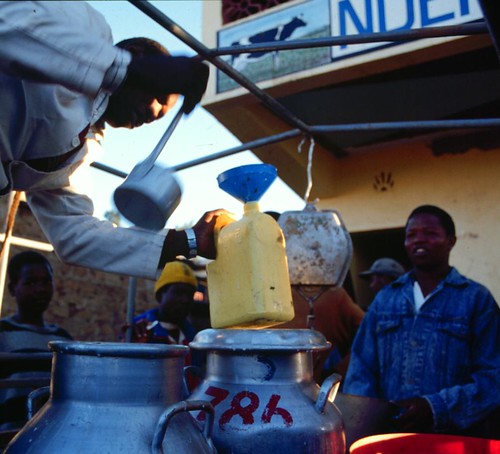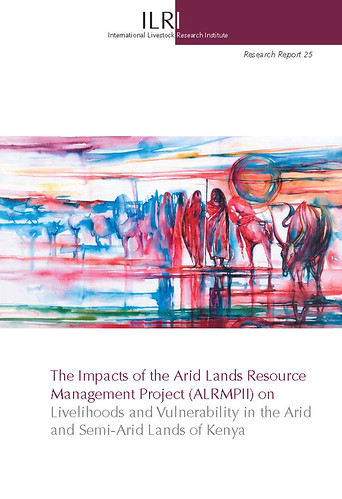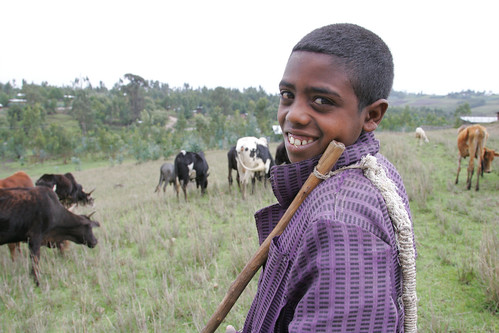This very brief photofilm (1:23 minutes) shares the memorable and powerful story of Gebremichael Desta, an Ethiopian farmer whose life has changed by the use of improved livestock feed.
If you climb up the rickety ladder on to the roof of the stone dwelling where Gebremichael Desta lives with his family and livestock—he keeps his hay on the roof—you can gaze across a world which looks much as it must have done many centuries ago. Ploughmen shout encouragement to their oxen, women urge pack animals over the stony ground and buzzards wheel above the terraced fields. There is not a machine in sight; nothing to indicate that this is the 21st century.
But appearances can deceive. ‘The difference between the past and present?’ muses Desta. ‘It’s like the distance between the sky and the earth.’ Today, the families living in these remote highlands—much of Tigray, in northern Ethiopia, is over 2000 metres above sea level—learn about the importance of family planning and good nutrition. Older generations never did. ‘When I was young, we were entirely dependent on traditional medicines if we fell sick, but now we have access to modern health care,’ says Desta.
Recent years have also witnessed dramatic changes in the way he and his neighbours manage their land and livestock. A few years ago, at this time of day, his animals—two oxen, a dairy cow and calf, a donkey, 10 sheep—would have been grazing in the valley below, watched over by one of his five children. Now they remain at the homestead, and the fodder is brought to them, rather than the other way around.
These changes have been inspired by a five-year project, Improving Productivity and Market Success of Ethiopian Farmers or IPMS, in short, which is funded by the Canadian International Development Agency and managed by the International Livestock Research Institute (ILRI) on behalf of the Ministry of Agriculture and Rural Development. In 10 districts across Ethiopia, the project has helped to improve the value chains—the links between producers, the suppliers of farm inputs and markets—for a range of crops and livestock products.
The project began with a lengthy series of consultations with farmers and local government staff. Together, they identified which farm commodities had the potential to improve local incomes and livelihoods. ‘The main candidates were milk and butter, sheep for fattening and beekeeping,’ recalls Gebremedhin Woldewahid, the project’s research and development officer in Atsbi-Wenberta District. ‘But the more we talked, the more we realised there was a major limiting factor for all these commodities—a lack of nutritious fodder.’ Much of the district suffered from overgrazing and heavily degraded soils. Tackling this was to be a priority.
A fairer, greener world
‘In 2006, before the project really got under way, this valley would have been parched and dusty and full of livestock at this time of year,’ explains Kidan Kindeya, a young woman who works as a development agent for Habes Peasant Association, of which Desta is vice-chairman. Today, there is not a grazing animal in sight and the vegetation is green and lush. Here and there, the grass has been harvested with a scythe; elsewhere it is almost knee-high, despite the fact that there has been little rain recently.
It is now three years since the peasant association agreed to ban grazing in the valley bottom, an area of some 280 hectares, and allow the land to regenerate naturally. ‘Before we enclosed the area, the ground was very compacted, especially by horses, and the grass was sparse and unpalatable for our sheep and cows,’ recalls Desta. ‘Now we can harvest our plots three times a year, and the quality of the fodder is excellent.’
There are numerous benefits to the ‘cut and carry’ system now operating in many valleys in Atsbi-Wenberta District. ‘My milk yields have risen and my animals are much healthier,’ says Desta. He also believes that by keeping animals at the homesteads, there is less risk of infectious diseases passing from one to another. The restoration of grazing lands has also led to an increase in flowers, providing a rich supply of pollen for honey bees. As a result, farmers practicing apiculture have benefited greatly from the new methods of pasture management.
In the past, children used to watch over the grazing livestock, which meant they did not go to school. Now they are attending classes. Farmers also used to spend a lot of time travelling long distances to buy fresh grass and hay. Now many have a surplus. This has proved especially important for the poorer households without livestock, which are often headed by widows. ‘They received no benefit in the past from areas like this, before the enclosures,’ explains Kidan Kindeya. ‘They had no livestock to graze, and there was nothing for them to harvest.’ Now, every family is allocated the same amount of land in the valley and those without livestock can harvest their grass and sell it. Two harvests a year yield fodder worth around 10,000 Ethiopian birr (USD740) per hectare.
Besides helping farmers to improve the supply of natural fodder, the local offices of the Ministry of Agriculture and Rural Development and the peasant associations have encouraged farmers to grow their own supplies. Training centres, many with colourful murals depicting the new ways of farming, have provided the know-how and materials to establish Napier grass, tree lucerne and other fodder crops. Now you see them growing around almost every homestead, besides plots of fruit and vegetables.
Spreading the word
‘When I was young,’ says an old priest outside the Orthodox church in Cherkos Haremere, ‘there was thick forest all over this hillside.’ All that remains is a fine stand of African olive trees around the church, the site’s sanctity protecting them from axe and fire. Over the years, a rapidly rising population and the ever-increasing demand for fuelwood, cropland and pasture transformed the rest of the landscape, much of which suffers from erosion and overgrazing. It is a scene repeated across the district, but gradually, thanks to the efforts of the peasant associations and the introduction of new management techniques, degraded land is being brought back to life.
Four years ago, farmers in Baati-ero agreed to establish enclosures on the sloping land between the valley bottom and the village itself. They kept their animals out, planted fast-growing grasses and leguminous trees, and dug long ditches to harvest and retain rainwater. ‘We hardly used to get any fodder here at all,’ says a local farmer, Tadele Teklay, ‘but this year I’ve been able to get about five donkey loads.’
The farmers are so impressed by what they have achieved that they recently decided to establish enclosures in the valley bottom – something they originally resisted. Many, like Teklay, have also decided to reduce the number of livestock they keep. ‘Now, we don’t talk about how many animals we have, but how much money we can make from each of them,’ he says. ‘It’s the quality that matters, not the quantity, and the better the feed, as well as the breed, the more money we’ll make.’
Much of the technical advice that has enabled farmers to improve their productivity and gain access to better markets has been provided by Gebremedhin Woldewahid and the IPMS project, but most of the training has been carried out by the local offices of the Ministry of Agriculture Rural Development and by development agents like Kidan Kindeya. ‘That means that when the project comes to an end, hardly anybody will notice we’ve left,’ says Woldewahid with satisfaction.
One of the reasons why many of the activities encouraged by IPMS are spreading swiftly is because they make good financial, as well as environmental, sense. ‘You can see that with the fodder enclosures,’ says Berhe Fiseha, who chairs the project’s regional advisory and learning committee in Tigray. ‘They began establishing them in one peasant association, then they spread to four others, and now you’ll see enclosures being used to restore grassland all over the district.’
When asked what he has gained in recent years, Gebremichael Desta responds with one word: knowledge. He still regrets that he left school at the age of 17. He was a bright child, but his parents, traditional peasant farmers, had little appreciation of the value of education. Desta is justly proud that his eldest son has a diploma in agriculture and now works as a development agent, and his eldest daughter is studying at university.
‘If you want to survive, and you want to improve your life, then you must take advantage of the opportunities that come your way,’ he says. ‘There are many things which we now do differently, and we have many technologies that our parents never had or knew about. For me, knowledge is the key to everything.’
Story by Charlie Pye-Smith.
Download publications from the Improving Productivity and Market Success of Ethiopian Farmers project: http://cgspace.cgiar.org/handle/10568/262




